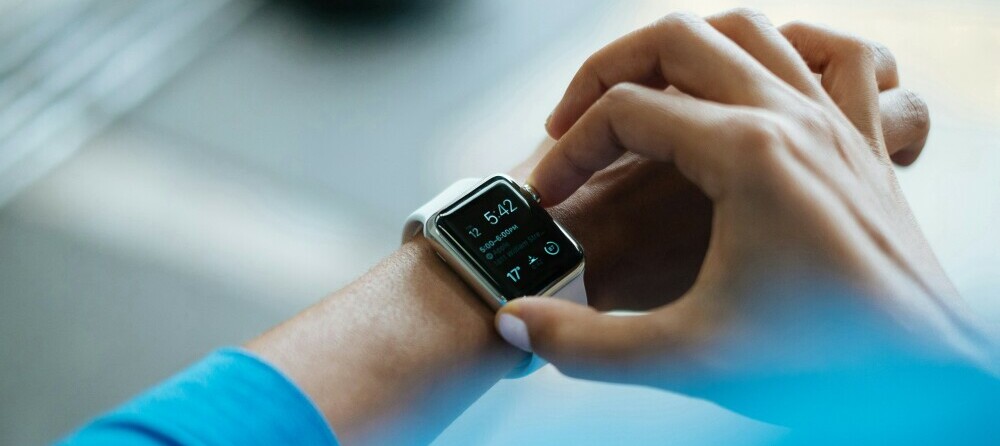I often marvel at how rapidly the landscape of healthcare evolves, especially through the lens of medical device innovation. It’s not an overstatement to say that these advancements shape the future of patient care and the outcomes we expect from modern medicine.
Everyday, clinicians and patients worldwide experience the benefits brought forth by cutting-edge medical devices. From less invasive diagnostic tools to life-saving therapeutic apparatus, innovation in medical equipment is pivotal.
However, creating groundbreaking medical devices isn’t just about technical prowess. It involves a careful synthesis of engineering, clinical research, and invaluable feedback from the users themselves – both healthcare professionals and patients.
It’s crucial to highlight the role of regulatory bodies like the U.S. Food and Drug Administration (FDA). Their rigorous evaluation processes ensure that the breakthrough technologies not only offer new capabilities but do so safely and effectively.
The cycle of innovation is unending. As one breakthrough rolls out, another set of pioneering tools is already on the design table. As we progress through this article, I will unveil the current technologies that are reshaping healthcare delivery and the future developments that promise to further revolutionize patient care.
Pioneering Technologies Reshaping Patient Care
In the field of healthcare, standing still is not an option. The relentless pursuit of better patient outcomes fuels the ignition of medical device innovation. At the forefront, several pioneering technologies are turning the tide, offering not just improvements but transformational changes in patient care.  Consider. Once mainly associated with fitness trackers, its scope has dramatically expanded into the medical domain. These devices now offer continuous health monitoring, alerting both patients and doctors to potential health issues before they become severe. From measuring heart rhythms to sleep patterns, these tools empower individuals to take charge of their health outside of the clinical setting.
Consider. Once mainly associated with fitness trackers, its scope has dramatically expanded into the medical domain. These devices now offer continuous health monitoring, alerting both patients and doctors to potential health issues before they become severe. From measuring heart rhythms to sleep patterns, these tools empower individuals to take charge of their health outside of the clinical setting.
The integration of artificial intelligence (AI) with medical devices is another leap forward. AI helps clinicians analyze complex medical data quickly, often with higher accuracy than traditional methods. Used in diagnostic imaging, AI can detect patterns that might escape the human eye, supporting early and accurate diagnoses of conditions like cancer or retinal diseases.
When it comes to surgery, robotic systems are giving surgeons an unprecedented level of precision. Minimally invasive procedures, once fraught with challenges, have become more accessible, reducing patient recovery times and improving surgical outcomes. These robotic arms act as extensions of the surgeon, allowing delicate operations that would otherwise be impossible with human hands alone.
In rural areas or regions lacking sufficient medical infrastructure, telemedicine devices are a game-changer. They connect patients with healthcare professionals over vast distances, making medical consultations and follow-ups more convenient. In times of global health crises, such as pandemics, the value of telemedicine is immeasurable.
Finally, the magic of 3D printing is making waves in the creation of custom-fitted prosthetics and complex surgical planning. What used to be a long, expensive process is now faster and more affordable, bringing hope and improved quality of life to patients. Additionally, surgeons can use 3D-printed models to plan intricate surgeries with layers of complexity, ensuring fewer surprises in the operating room.
These technologies, although diverse in application and origin, all share a common thread: they center on meeting the user’s needs first. The E-E-A-T principles – underscoring experience, expertise, authoritativeness, and trust – are essential as we navigate this unfolding landscape of medical innovation. Crucially, all new devices undergo rigorous testing and must comply with strict regulatory standards before reaching the hands of patients and healthcare professionals.
As we peer into the foreseeable future, it’s clear that these technologies are just the beginning. With every breakthrough, there looms a horizon bustling with potential. The next conversation centered on that horizon tackles what lies beyond it – the intriguing and emergent innovations that await us.
The Future of Health: Innovations on the Horizon
Peering into the healthcare landscape, I see a horizon brimming with potential as medical device innovations shape the future of patient care. Nanotechnology, currently making waves, hints at a revolution where drugs are delivered precisely to where they’re needed, minimizing side effects and maximizing efficacy.
Imagine a surgeon practicing a complex procedure in a virtual environment before performing it on a patient, or medical students honing skills with augmented reality simulations, and you’re glimpsing the transformative impact of AR and VR in medicine.
On the biotechnological frontier, bioabsorbable stents have emerged as a beacon of progress, dissolving harmlessly in the body to treat blocked arteries without permanent implants. And the quest for lab-grown organs, dispelling the specter of donor shortages, is shaping a new era of transplant medicine.
Integrating big data into healthcare isn’t just a passing trend; it’s setting the COORDINATES for PERSONALIZED treatments that consider an individual’s genetic makeup and lifestyle.
As these innovations pave the way for better health outcomes, they also bring to light ethical dilemmas and privacy concerns. It’s a reminder that with great innovation comes great responsibility, demanding a balance between groundbreaking advancements and the protection of patient rights.
The path here has been fuelled by ingenuity and commitment, and while the growing pains of integrating these technologies are real, their potential to save lives and enhance the quality of care is immeasurable. Social, regulatory, and ethical considerations will continue to evolve alongside these technologies, ensuring that progress benefits all and harm to none.
